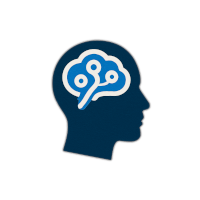LLM Basics
Learn the fundamentals of Large Language Models through hands-on experiments and clear explanations.
🤔 What ARE Large Language Models, Really?
Imagine an incredibly advanced text-completion tool. You provide it with a starting phrase, and it predicts the most likely next words, then the words after that, and so on, to generate coherent sentences and paragraphs. Now, scale that capability enormously. That begins to describe a Large Language Model (LLM).
At their core, LLMs are sophisticated Artificial Intelligence (AI) systems, specifically a type of neural network, trained on vast quantities of text data – books, articles, websites, and conversations from across the internet 🌐. This extensive training enables them to discern patterns, grammar, context, and even some of the subtleties of human language. They don't 'understand' content in a human sense but excel at predicting probable sequences of words, which allows them to perform a wide array of complex language tasks.
How do they "learn"?
During their training phase, LLMs are typically presented with massive datasets where portions of the text are deliberately omitted. The model's objective is to predict these missing segments. It makes a prediction, compares it to the actual text, and then meticulously adjusts its internal parameters—often numbering in the billions—to improve future predictions. This iterative process is repeated extensively, enabling the model to build a complex, internal representation of language.
Pioneering technologies like the Transformer architecture, with its innovative 'attention mechanism' (which we'll explore in more detail later), have been instrumental in empowering LLMs to process extended sequences of text and comprehend context with remarkable effectiveness.
